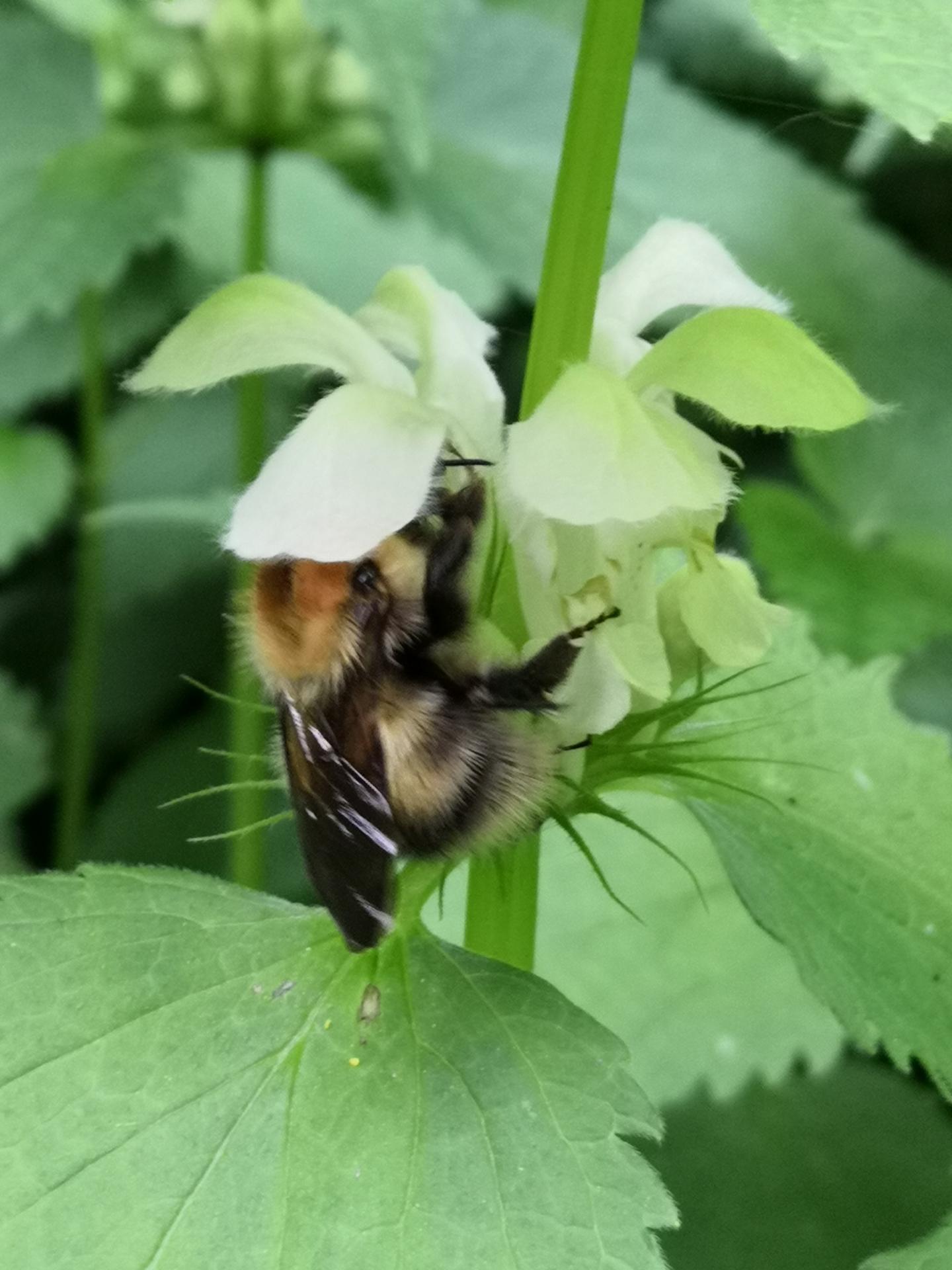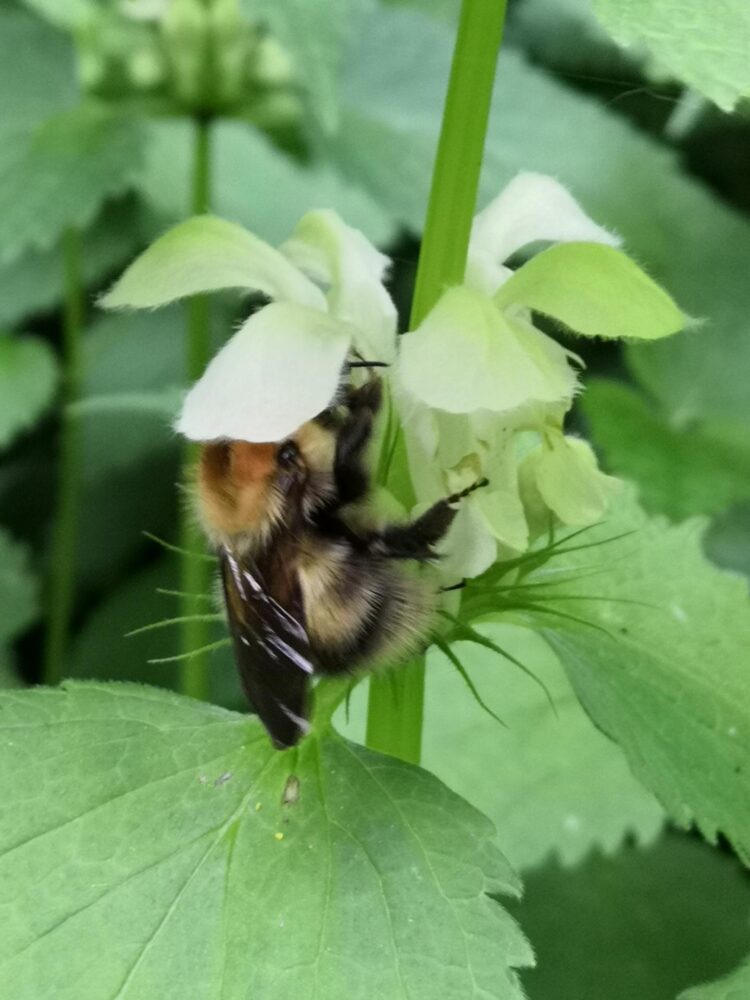
Credit: Tsubasa Toji, Shinshu University
The morphological compatibility between flowers and insects was given in the famous textbook example of Darwin’s orchids and hawkmoths. As in this example, many studies have shown that geographical variations in flower size match the size of insects in each region. In other words, studies have shown “flower-sized regional adaptation” in which large flowers evolve in areas pollinated by large insects and small flowers evolve in areas pollinated by small insects.
However, when examining the genetic similarity between populations, are plants in each region more similar, or are plants with large (or small) flower sizes across nearing regions more similar? This has remained unknown until this study led by doctoral candidate Tsubasa Toji of Shinshu University’s Professor Takao Itino lab. The team used white nettle to show this classic flower-insect size agreement, and by combining population genetic analysis, examined the actual evolution of flower size.
The flower traits of white dead-nettle (Lamium album var. barbatum) were clearly correlated with bee size. On the other hand, the genetic structure was similar between plants of each region. In other words, the flower size was independently large and small in each mountain area or a parallel evolution of flower size developed independently between mountain areas.
This study was conducted very simply, combining two methods: field research and population genetic analysis. Field studies showed geographical variation in flower size, showing that flower size was clearly correlated with the bee size visited in the population. Genetic analysis showed that there is an overarching genetic structure or genetic divergence between mountains.
When the two results are combined, the flower size of each population is independent of the genetic structure, and the flower size differs greatly even between genetically similar populations, or groups belonging to the same mountain range. In some cases, flower sizes were similar even between populations that were genetically distant, or species belonging to different mountain areas. This suggests that flower size evolved independently in each mountain area.
The group is in the process of confirming the parallel evolution of flower traits between mountainous areas for other plant species using the same approach. They are also trying to find out about other plant species and are exploring the possibility that the parallel evolution of this flower trait between mountains is a fairly common phenomenon. Ultimately, by extending the trait comparison between mountain areas to organisms of other taxa other than plants and combining it with population genetic analysis, they hope to elucidate the actual state of evolution of various species occurring in mountain regions.
###
Acknowledgements:
We thank the Chubu District Forest Office (Forestry Agency), the Chubu Regional Office for Nature Conservation (Ministry of the Environment), and the Matsumoto Regional Office (Nagano Prefectural Government) for permission to work in the area. This study was supported by the Ministry of Education, Culture, Sports, Science and Technology of Japan (MEXT) (15H02641, 19H03300, 19J22443) and the fund of Nagano Prefecture to promote scientifc activity.
###
Media Contact
Hitomi Thompson
[email protected]
Related Journal Article
http://dx.





